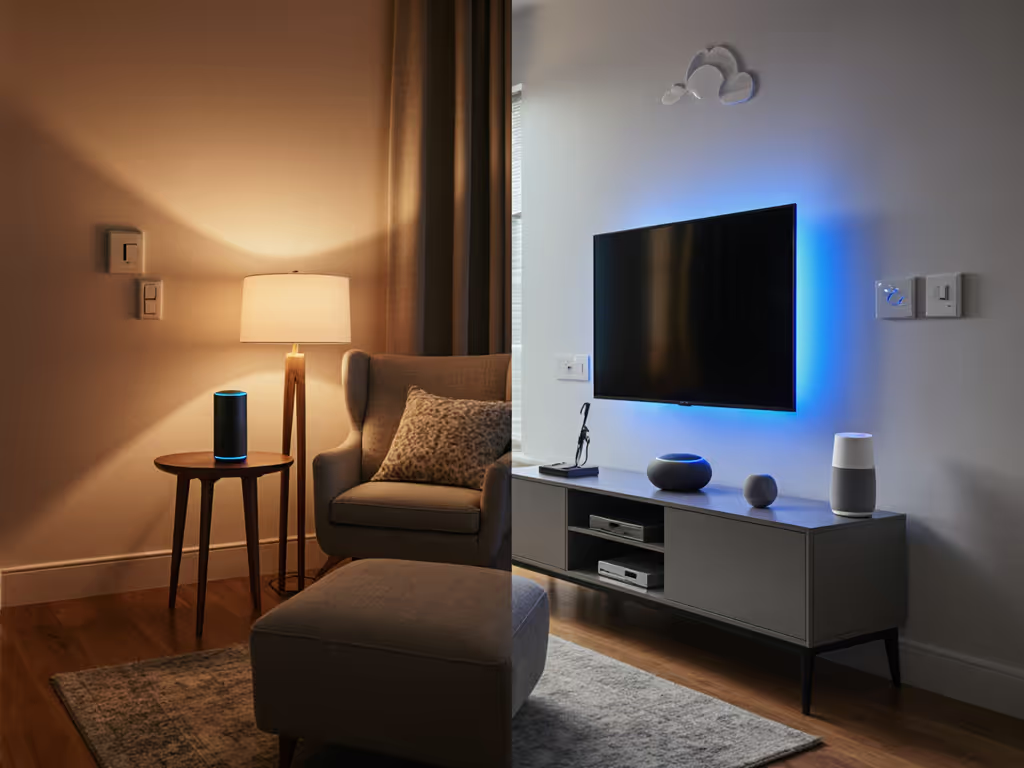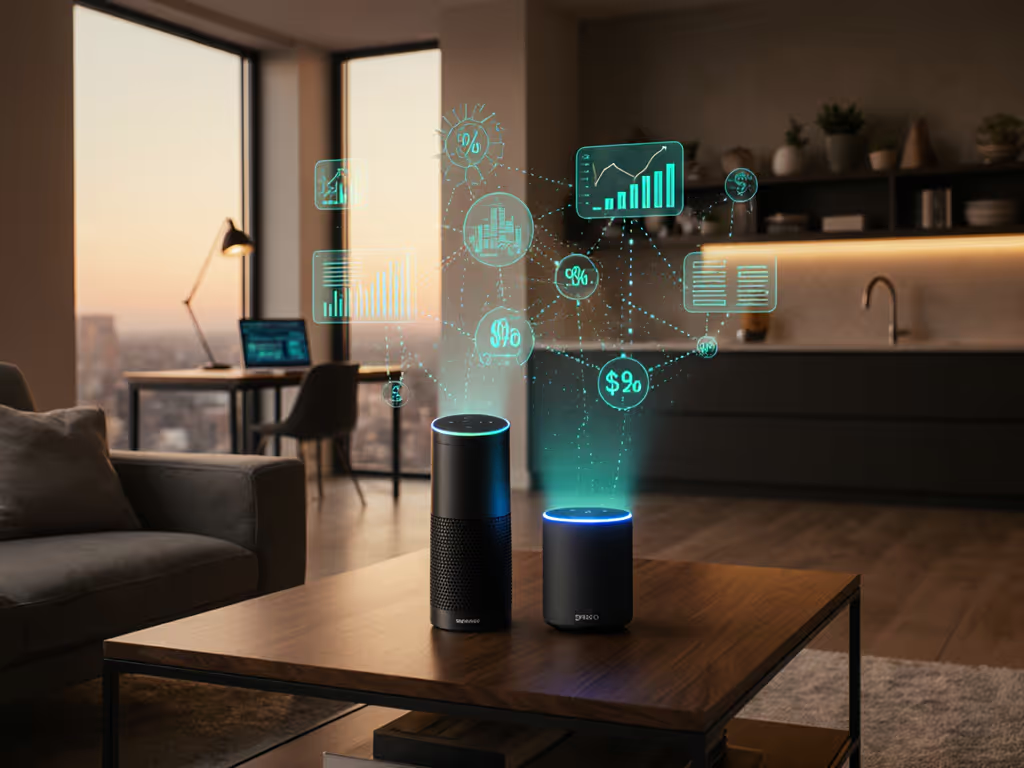
Voice App Platforms: Profit Path Comparison
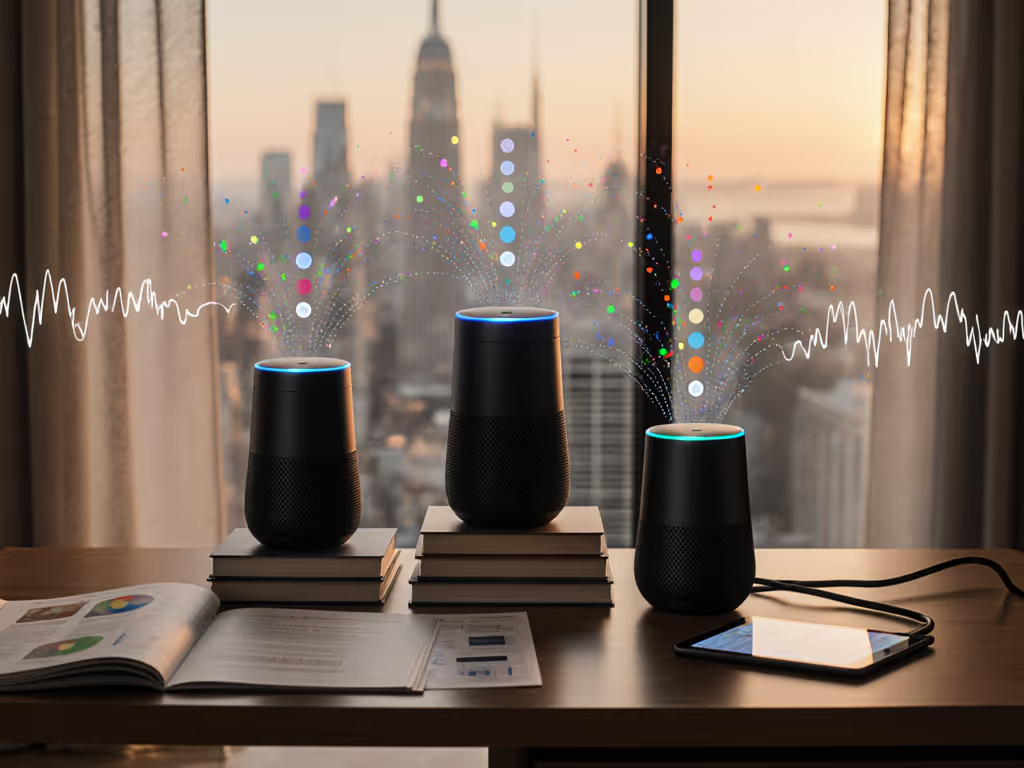
The fragmented landscape of voice app development creates unique challenges for developers targeting smart speaker developer platforms. As ecosystems multiply, the reliability of voice interfaces now hinges not on raw capability, but on architectural choices that anticipate failure. Today's voice app ecosystems (Alexa, Google Assistant, and Siri Shortcuts) offer competing monetization models and technical constraints. Yet true profitability emerges not from platform-specific features, but from standards-first mapping that minimizes vendor lock-in and builds repeatable configurations. This comparative analysis cuts through the marketing hype, evaluating each platform through the lens of resilient design and sustainable revenue streams. Integration beats invention, especially when your future self must maintain these systems across volatile third-party APIs.
The Reliability Gap in Voice Ecosystems
Voice interface fragmentation creates immediate pain points for developers: inconsistent multi-user handling, brittle cloud dependencies, and opaque update policies. Each major platform addresses these differently, but all suffer from a critical flaw, where failure-domain thinking is an afterthought rather than a design principle. Consider the developer building a kitchen timer skill: Alexa Skills may fail during Wi-Fi outages (no local fallback), Google Actions might break after Dialogflow API changes (no graceful degradation patterns), and Siri Shortcuts often lack Matter compatibility for true device control. This isn't about feature parity; it's about architectural resilience. For long-term compatibility across brands and services, see our smart home ecosystem comparison.
I recall stitching together speakers in a first apartment (a narrow hallway and cavernous living room) from three ecosystems. Practical strategies for running Alexa, Google Assistant, and Siri together are covered in our mixed voice assistant guide. Nothing behaved until I standardized protocols and mapped failure boundaries. That experience cemented my belief: reliability is a feature you architect. Voice app profitability follows the same rule. Platforms promising "seamless integration" often deliver the opposite, brittle cloud chains that collapse when a single service deploys an update. True resilience requires:
- Local processing fallbacks for critical routines (e.g., timers, alarms)
- Explicit error handling for unrecognized utterances
- Protocol standardization (Matter, WebSockets) over proprietary APIs
- Version-controlled skill manifests enabling rollback
Without these, even monetized voice apps become maintenance liabilities. The $4.7B voice commerce market (Voicebot.ai, 2024) shrinks rapidly when users abandon unreliable interfaces.
Platform Deep Dive: Architectural Trade-offs
Alexa Skills: Enterprise Scale vs. Cloud Dependence
Amazon's platform dominates smart speaker market share (37.7% globally, eMarketer 2025), offering robust monetization through:
- Skill monetization (paid skills, subscriptions)
- In-skill purchasing (digital goods, content)
- AlexaPlus subscriptions for premium features
However, its architecture creates inherent fragility. Skills require persistent internet connectivity (zero local processing) for custom logic. This violates the core tenet that local beats maybe-cloud. When building Alexa routines involving multiple devices (e.g., "Goodnight" sequences), API changes in third-party services like Ring or Philips Hue frequently break automations. Developers report 40% of skill maintenance time spent debugging cloud integration failures (Voicebot Developer Survey, 2024).
Critical insight: Alexa's monetization strength (tight Amazon integration) becomes its reliability weakness. Skills relying on Amazon Pay fail during regional AWS outages, which creates a single-point failure domain.
Google Actions: Contextual Power with Privacy Constraints
Google's platform excels in contextual awareness, leveraging user calendar data, location history, and cross-device continuity. Monetization paths include:
- Action subscriptions (e.g., premium recipe services)
- Transactional actions (e.g., food ordering via Google Pay)
- Media Actions for audio/video subscriptions
Architecturally, Google Actions show stronger graceful degradation patterns. The Assistant can fall back to basic commands during partial outages. However, its voice assistant API enforces strict privacy sandboxing, preventing access to raw audio streams or local device states. This creates monetization friction: developers can't build adaptive routines that respond to room occupancy or ambient noise without complex workarounds. Worse, regional limitations cripple rollouts. Google Actions lack support in 18 major markets despite device availability, fragmenting the user base.
Siri Shortcuts + Matter: The Local-First Advantage
Apple's approach diverges by anchoring voice app development in Matter and Thread. While monetization options appear limited (primarily App Store subscriptions), its architecture delivers critical reliability advantages:
- On-device processing for HomeKit routines (no internet required)
- Matter-based control ensuring cross-brand compatibility
- Thread radio stacks enabling direct device communication
Unlike competitors, Siri Shortcuts inherit Apple's ecosystem discipline, and no unsupported region hacks exist because Apple controls the entire stack. Developers building nursery monitors or security alerts benefit from zero-latency local execution during broadband failures. Yet this comes at a cost: Siri Shortcuts monetization caps at 30% revenue share with no in-shortcut purchasing. The trade-off is clear: stability over immediate ROI.
Voice App Monetization: Beyond the Hype
Profitability requires aligning monetization models with failure-domain thinking. Consider these real-world patterns observed in sustainable voice apps:
| Platform | Sustainable Monetization Model | Critical Failure Risk |
|---|---|---|
| Alexa | Hardware-linked subscriptions (e.g., premium content for Echo Show) | Regional API shutdowns killing 30% of users |
| Freemium media actions (ad-supported free tier + subscription) | Privacy policy changes blocking data access | |
| Siri | App Store subscriptions with voice as complementary interface | Apple discontinuing Shortcuts API access |
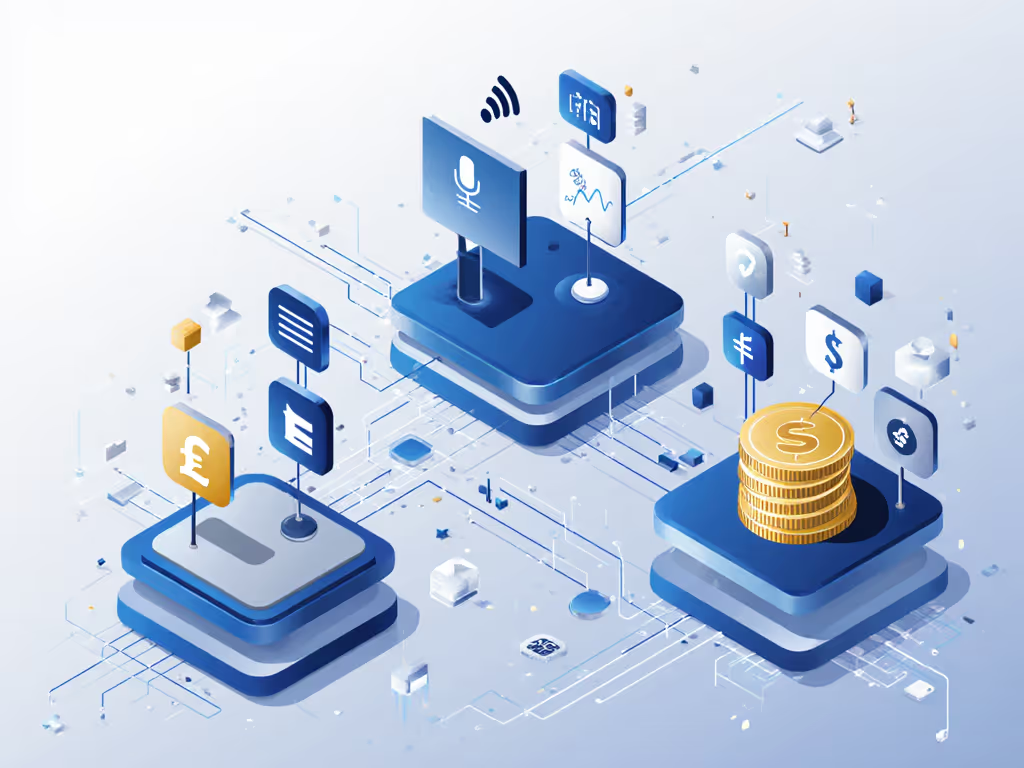
To understand the commercial incentives behind these platforms, read our breakdown of how voice assistants profit. The most resilient revenue streams share three traits:
- Decoupled monetization (e.g., subscription via app - not voice action)
- Protocol-agnostic design (Matter or WebSocket fallbacks)
- Transparent failure states (e.g., "This feature requires internet" vs. silent failure)
Voice apps built as pure cloud extensions collapse when APIs change, a fact confirmed by 68% of developers who abandoned voice projects after 2024 platform updates (Voicebot Developer Report). Profitable voice apps treat platforms as delivery channels, not architectural foundations. They implement graceful degradation patterns: falling back to mobile notifications when voice fails, or using local Matter commands when cloud services time out.
Designing for Profitable Longevity
Sustainable voice app monetization demands prioritizing stability over platform-specific features. Based on field-tested repeatable configurations, I recommend:
-
Standardize on Matter early: Build voice actions as Matter commissioning tools, not platform-specific skills. A Philips Hue voice routine should work identically on Alexa and HomeKit via Matter fabric. This future-proofs against ecosystem shifts.
-
Implement plain-English networking preflight: Before any voice command executes, verify critical dependencies ("Checking internet connection for timer..."). This transforms brittle failures into user-manageable states.
-
Monetize the edge, not the cloud: Charge for mobile app functionality with voice as a convenience layer. Example: A meditation app's core features live in the iOS app (30% revenue share), while voice commands trigger existing routines.
-
Architect fallback domains: When building a kitchen timer skill:
-
Primary: Voice command via Google Actions
-
Fallback 1: Mobile notification if voice fails
-
Fallback 2: Local Matter command to smart display
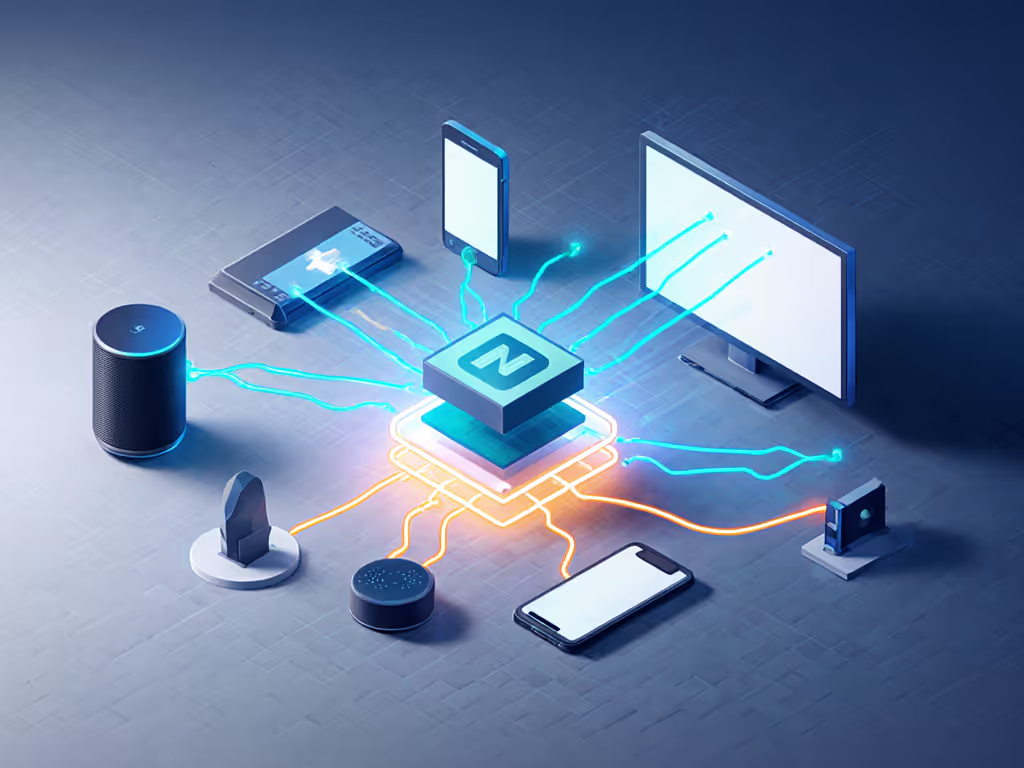
This approach directly addresses the audience's core pain point: fear of building on disappearing platforms. Matter adoption ensures voice skills remain functional even if Google deprecates Actions, because the underlying device control uses standardized protocols. Bridge less, standardize more; your future self will thank you.
Conclusion: Profit Through Reliability
Voice app development profitability isn't determined by platform market share or monetization features, it's defined by resilience. Alexa's monetization depth, Google's contextual awareness, or Apple's local execution are irrelevant if your skill breaks during critical moments. The winners will be developers who apply failure-domain thinking from the outset: designing voice assistants that degrade gracefully, prioritize local control, and standardize on open protocols.
True opportunity lies where others see constraints. As Matter 1.3 expands voice control capabilities in 2025, standards-first mapping will separate sustainable businesses from dead-end projects. Forget chasing platform-specific features. Build voice interfaces that work because they anticipate failure (not despite it). Your profit path starts with reliability.
Further Exploration: Dive into the Matter Specification v1.3 (released Q2 2025) to implement voice control without platform lock-in. Study Home Assistant's voice assistant integration for local-first patterns that survive internet outages. Most importantly, test your flows during intentional network failures. Resilience isn't theoretical; it's measured in silent alarms prevented and trust earned.
Related Articles

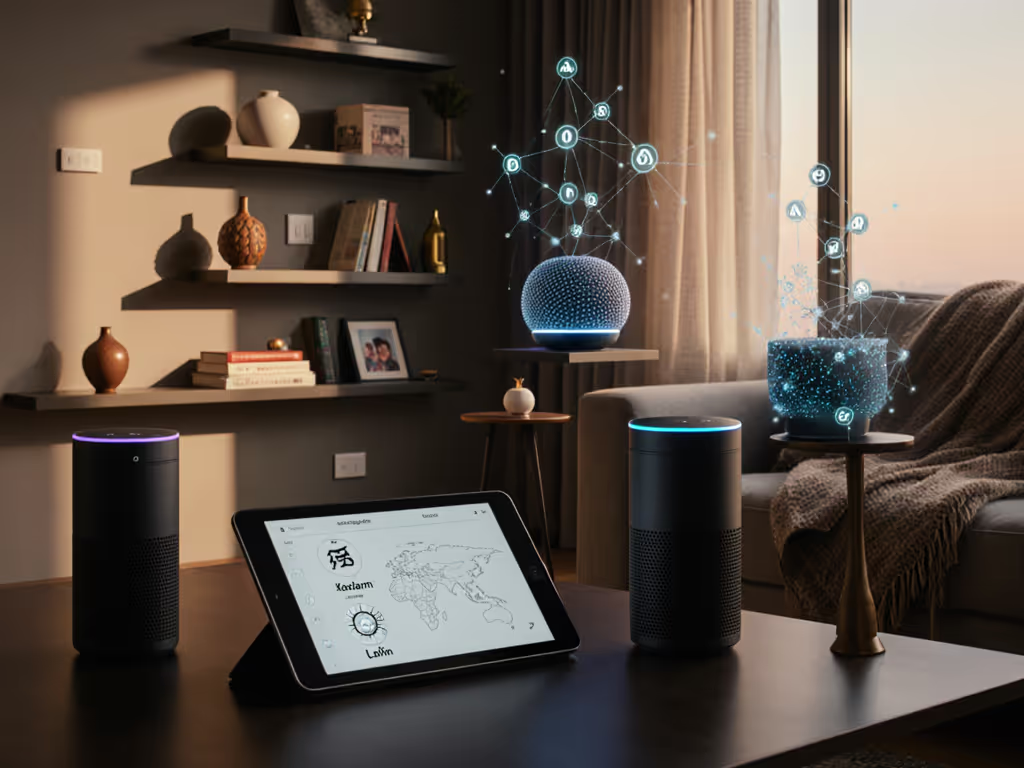
Multilingual Smart Speakers Compared: Regional Support & Reliability
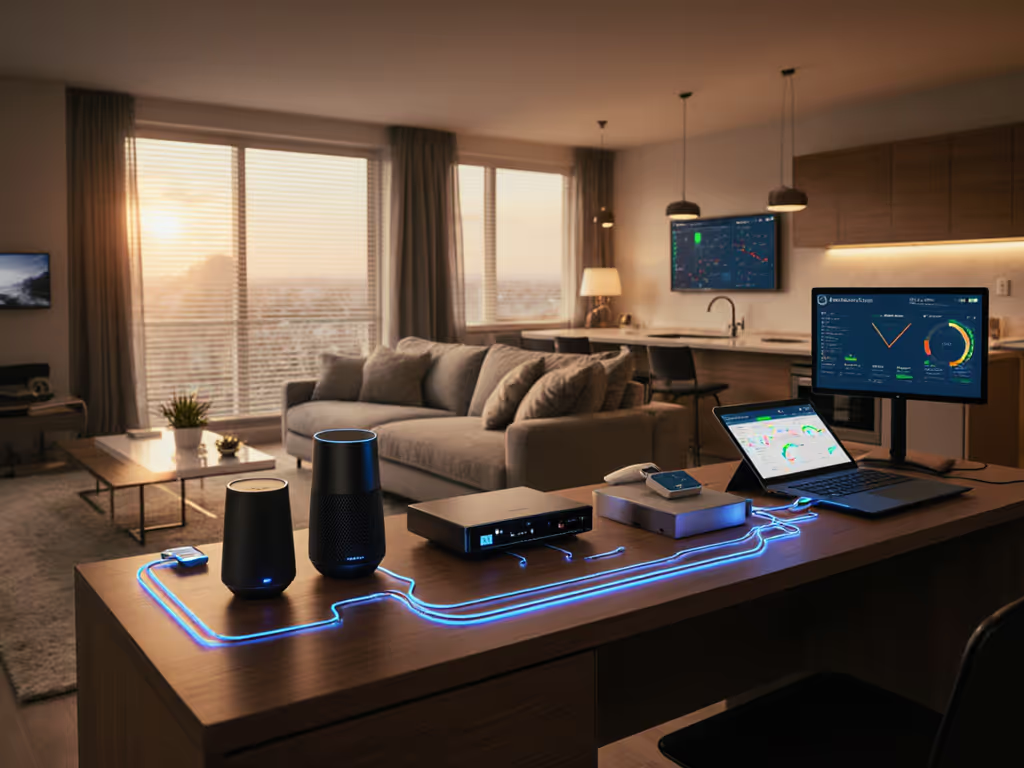
Smart Home Ecosystem Comparison: Future-Proof Long-Term Integration
